We’re continuing our Spooktober focus on the journey of horror’s latest and greatest with something a little different… Meet the writer who’s entirely in the mind of Benjamin Langley.
Name: C. Spook Tatham, A.K.A. Chase Tatham, A.K.A Benjamin Langley (he/him)
Based in: In the mind of horror writer and printmaker Benjamin Langley in Cambs, UK
What genres/subgenres are you drawn to?
As C. Spook Tatham, I write B-Movie inspired creature horror. As Chase Tatham, I write action thrillers. Benjamin Langley writes horror too. He’s a little upset about me moving in on his territory.
Is writing your full-time focus, or do you have a day job as well? What do you do?
As a pseudonym of a pseudonym, there are often times I barely exist at all. I only inhabit a physical body when permitted to write, which is tough when I’m third in line.
Benjamin works as a call handler for the emergency services, which is far less stressful than when he was a teacher.

The Book: From Pen to Print
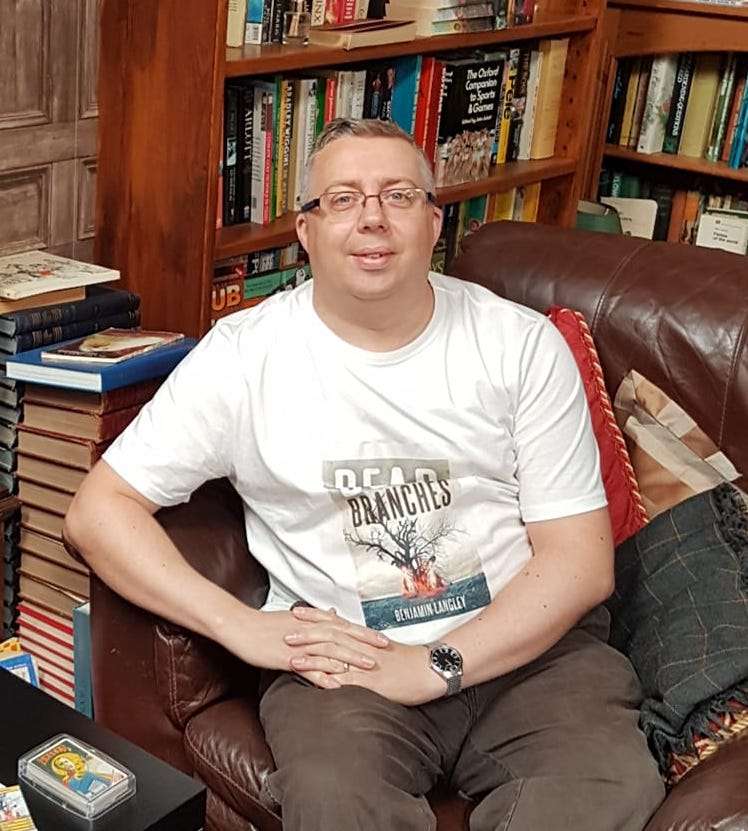
What was the genesis of this book? Where did you get the idea from?
It came from a joke for which I’m taking credit, though I’m sure Benjamin Langley (pictured) would steal it if given the chance. Once, while driving, he hit a pothole (I am not taking the blame for his sub-par driving) and I quipped that it was deeper than even the dwarfs dared to mine in Moria.
From there was the link to the horror the dwarfs discovered, and a subsequent horror was born from the pothole in my mind.
How many drafts did you go through before you felt it was ready to query? How long did that take you?
This one is a self-published work, as I wanted to get it out promptly. There were 4 drafts, which isn’t as many as some works get. The first was all about getting the story down as quickly as possible (as a pseudonym you’re always at risk of being ousted from the brain space if the primary author has a sudden flash of inspiration). The second was then fixing the plot, making it consistent, fixing any plot errors, boosting scant scenes.
Next was a close read with a red pen—this also involves moving a couple of chapters around.
Finally, there was a read aloud to pick up anything else missed out or clunky passages.
Other than that there were formatting-based checks and tweaks when I spotted other minor things, and then there were move changes once the proof copy came.
Did you work with beta and/or sensitivity readers? How did you find them? How did you incorporate their feedback?
I usually do have at least a couple of people read through. It’s been difficult lately. My writing group has stalled and a recent change of routine meant I couldn’t always get there. Plus, I lost a friend I really trusted to be honest about my work a few years back. Fortunately, I wasn’t tackling anything in this novella that I felt I could massively put my foot in.
What was your querying process like? How long did it take?
I opted out this time and chose to self-publish. I’ll let Benjamin Langley step back into those trenches once he’s ready with his next publication
Once it was in the hands of your publisher, what was the process to get it ready for release?
Again, this one was self-published, which is probably the avenue I will go down for further C. Spook Tatham releases. I feel it’s a daft enough idea to carry to a quirky, niche audience. I enjoy the challenges with cover design and formatting. Certain other challenges, like jumping through hoops to get your books visible on a certain platform, are far less entertaining, particularly when they let you down with delivery at the last minute. Paperback copies were supposed to be available pre-release at the Innsmouth Literary Festival, but then they didn’t make it. Annoyingly, they were on the doorstep when I got home.
And now your book is about to be unleashed on the world! How are you feeling?
There’s always the fear – what if I’ve got it horribly wrong? With this release in particular, the style is deliberately over-the-top, the writing a homage to the kinds of ’70s and ’80s paperbacks featuring characters written only as cannon-fodder. With a title like It Came From the Pothole I’d not expect anyone to take it too seriously, but sometimes people like to take things way too seriously.
I hope people see it for what it is, and I hope it brings a smile to readers’ faces. It did start very much as a joke, but I became attached to some of those characters, and I want readers to feel the same in this crazy situation as I did.
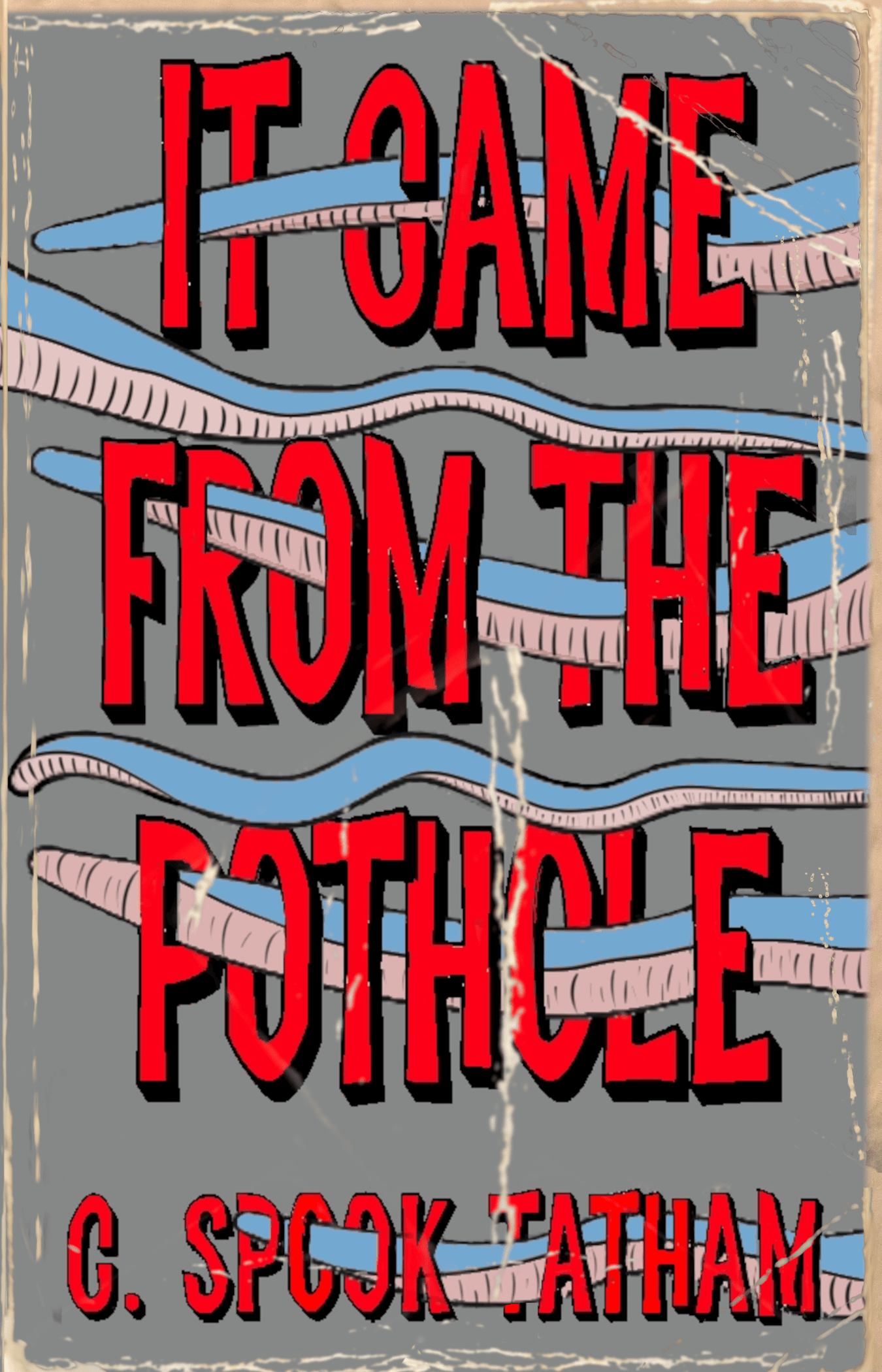
What would you like us to know about this book?
I’ve dubbed It Came From the Pothole: a tale of Fenland terror. The action all unfolds over a couple of hours as various characters encounter the horror that dwells beneath the surface—for that reason, it should be a quick and entertaining read. As much as it is a daft homage to the classic creature features and B movies, it’s almost impossible to avoid a little bit of social criticism creeping in there.
Who’s the ideal reader for this one? What sort of things do they like to read about?
This one is for the fans of creature features and those brought up on a diet of Hutson and Herbert, those who don’t always want their horror to be elevated or to have the mirror turned on us. Sometimes the real monster is not man all along, but the giant beast trying to eat everyone.
Your writing process
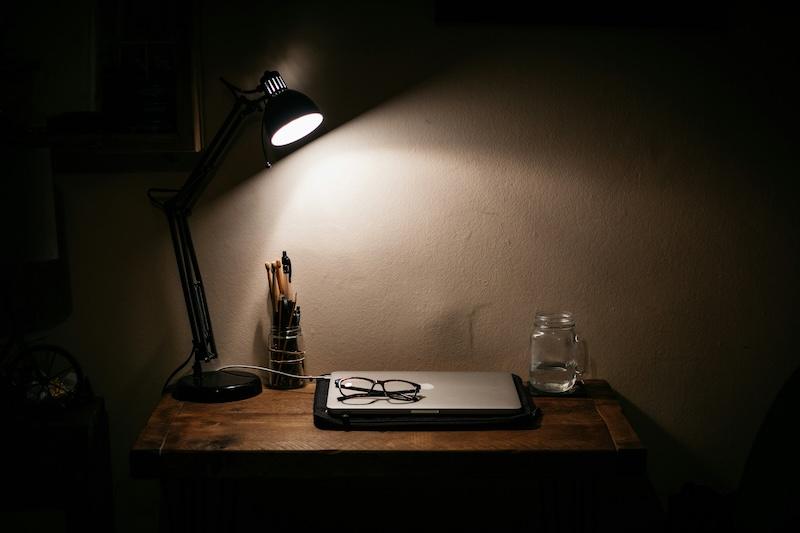
Are you a plotter or pantser or somewhere in between? How do you do your first draft?
This changes for every process, but there’s a similar element with this novella from me, C. Spook Tatham, with Chase Tatham’s action thrillers and with most of Benjamin Langley’s work. There’s an idea, and we see where it goes. It’s not entirely pantsing, though. Life being what it is, and not always having the headspace to write (not just because I’m sharing that headspace with two other writers) means those starting points are often given time to blossom in my head anyway, so a lot of it is mapped out before I get to writing. I do like having the freedom that comes with pantsing though and the surprises that come with that.

Some projects need way more plotting than others. With Benjamin Langley’s Guy Fawkes: Demon Hunter trilogy (pictured: the trilogy’s logo) there were significant historical milestones that were a huge part of the story, and the end was always going to come with the Gunpowder Plot, so that needed to stick to a plan much more thoroughly. What’s more, it was written after submitting a pitch to my publisher, so a rough outline was needed to get that off the ground.
How do you approach writing? Are you the type or writer who needs to treat it like a job? Is there a particular time of day you find best for you to write?
Unfortunately, it’s chaos competing with many other elements. It’s snatching time here and there, and prioritising that time while nasty things like deadlines rear their ugly heads. As Benjamin’s working life is on shifts that don’t fit a standard weekly pattern, it’s not possible to do anything in a typically routine way. I don’t subscribe to the notion that one must write every day to be considered a writer. As long as I still have these stories popping up in my head, with different voices shouting out demanding to tell them, I’ll carve out some time somewhere.
Geek out about stationery: do you use a notebook? A specific type of pen? Or are you computer all the way?
I do love a notebook for jotting down ideas. The vast majority of the writing is done on a laptop—though recently there has been a portable keyboard connected to my phone so I can get things done when away from home. I lost too many pens to be precious about one. It’s whatever I can find. I used to like to have a different notebook for each project, but it has turned out that some projects don’t need so much working out on paper as others.
Is any of that different for editing?
I really enjoy the editing phase. I know that’s not true of everyone, but that’s where I feel I make the story come alive. There’s always some bits I love that seem natural among the words of the first draft, but my vision has often changed while getting the rest down, and that then needs fleshing out with another read through.
I love it when a solution to a plot hole comes to me. I enjoy it less when I read through and realise that there’s something massively illogical that I can’t quite figure out how to fix.
I do like to print out a hard copy and go through it with a red pen. I can be a little tight with paper and ink, though and end up reducing font size, line spacing, and margins, leaving too little room on the document to make notes. If I sold a few more books, perhaps I wouldn’t have to worry so much about that!
Where do you work? Do you have a comfy, creative space at home or are you someone who has to grab the moment wherever it comes?
At the moment, it’s in the corner of the living room on a nice little writing bureau. It would be a little more comfortable if I had a better chair that didn’t keep dropping slowly down. I start in a perfectly comfortable position, and end up with my hands up as shoulder height if I don’t notice the slow descent of the chair.
We’re making slow progress with our library room. Ultimately, that would be the place to write.
What’s your writing soundtrack?
Some works have had very specific soundtracks. The last few, though, I tend to put on something for background noise. It tends to be horror soundtracks to convey the right kind of mood. It’s great when something absolutely iconic, like Christopher Young’s Hellraiser score comes on, or Philip Glass’s Candyman theme.

Do you have a writing ritual?
Does procrastination count? It usually works in the form of having to reward myself for every little goal until such a point that I’m into a rhythm. So many times the start is—just another 50 words—just another hundred—and if I keep on that like, eventually I’ll get into it and go zooming past that goal and I’m there, shooting off past whatever meagre target I’d set. I don’t try to beat myself up too much if it doesn’t happen. There’s always another day!
Where can we follow you / find out more about your work?
- I sometimes update my website at benjaminlangley.co.uk.
- Instagram tends to get most of the news when it’s deliverable in visual form: @benjamin_langley_writer
- I miss Twitter, but can’t stay there. It’s way too ugly now. I sometimes use BlueSky: @benjaminlangley
- I also have a Facebook page for my writing: Benjamin Langley Writer
It Came From The Pothole is out now. Get it here.
Ed note: I'm sure Mr Tatham won't mind me telling you, dear reader, to also make sure you check out Ben's Etsy store, Linocut Horror, for some great Halloween/Christmas pressies!
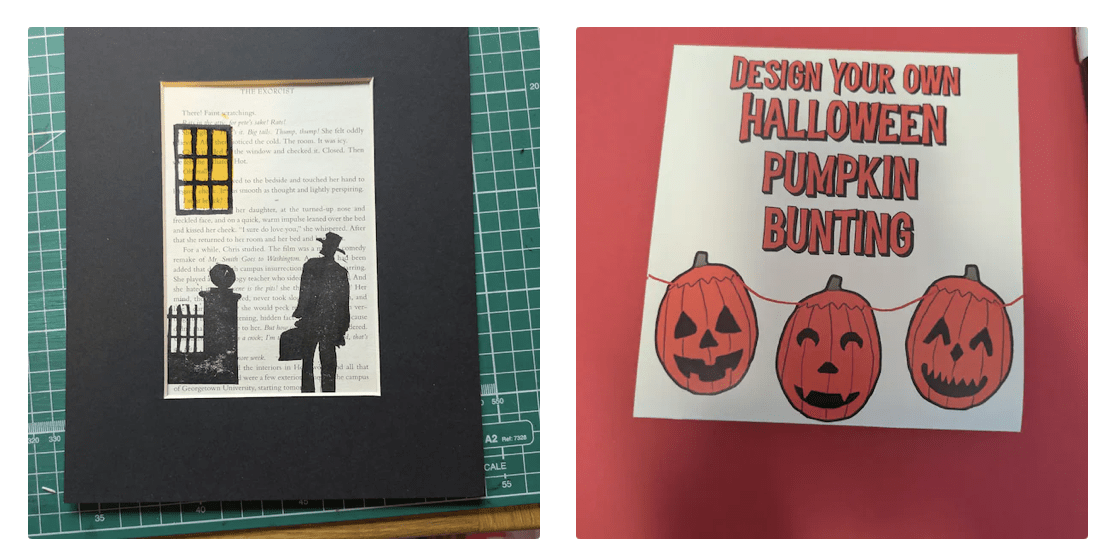
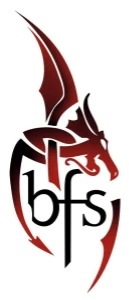
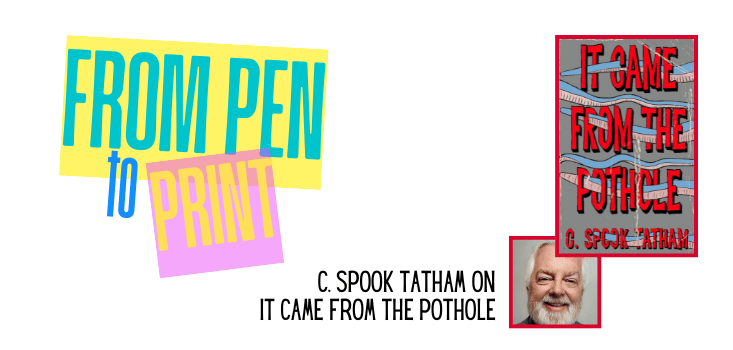
Leave a Reply